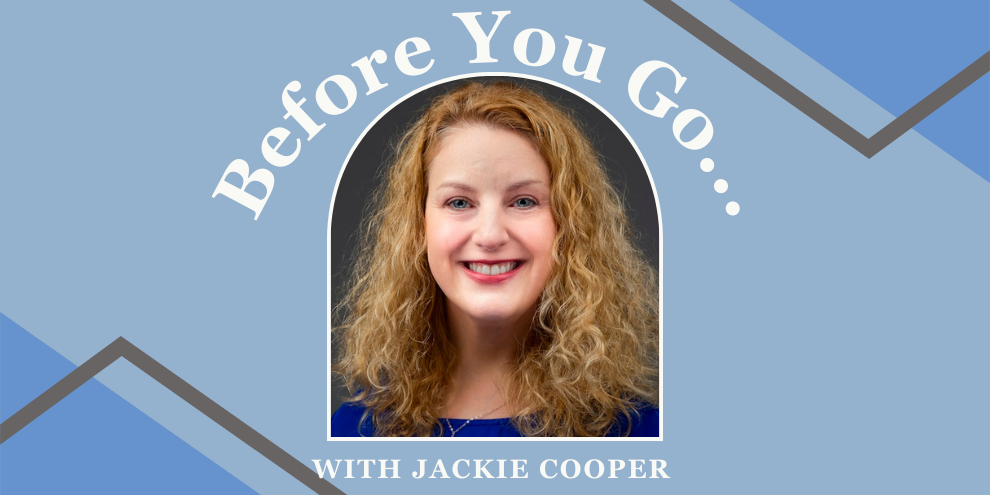Q&A with a client-side researcher
Editor's note: If you're an end-client researcher and interested in participating in a Q&A with Quirk's, please e-mail me at emilyk@quirks.com.
What led you to a career in UX research?
It feels like the natural progression of my career! I love customer insights and I love technology, so it felt like the right next move. And truthfully, UX designers are an amazing bunch to work with! Their dedication to doing the right thing for users is undoubtedly one of the reasons I’ve been attracted to this work.
What are the first steps you would recommend for establishing a UX research practice in a company without one?
Provide a basis for why research matters and the value it can bring to a design practice. Design without research is incomplete; researching customers is an essential part of the process. It’s imperative to educate partners on the value proposition of a research practice before making an investment in one.
Also, ensure there is an ample appetite for UX-specific research. In some organizations, research may be done by UX designers. Gauge whether there is enough of a need to keep a separate researcher busy as opposed to having the designers do this work themselves.
Establish an intake process – both full support and consultative models. The full model involves the researcher taking on the lion’s share of the research, which is ultimately the goal of any UX research team. However, to get the practice started and gain buy-in, I’ve seen much success in getting the designers involved with a consultative support model to warm them up to the idea of partnering on research. The researcher can view the research plan and give advice on how to best proceed.
Lastly, hire the right people. This feels like a “no kidding,” but really, no kidding. Getting the first hire or two is pivotal to the success of the practice. You want people who can technically do the work but also pass the “vibe check.” UX research can be highly collaborative, and working well with your stakeholders is just as important as being able to complete tasks. Keep in mind too, you are building a team culture from the ground up!
Do you have any tips for UX researchers looking to build relationships with designers, product managers and more to ensure research findings are effectively communicated across the organization?
I have found getting them involved early and often is the key to success! Yes, the researcher “owns” the research but the results are ultimately used by our stakeholders. Work with them to make sure the research addresses questions that will get them actionable insights.
Building trusting relationships gives UX research a seat at the table. The best way I know how to do this is to be transparent.
